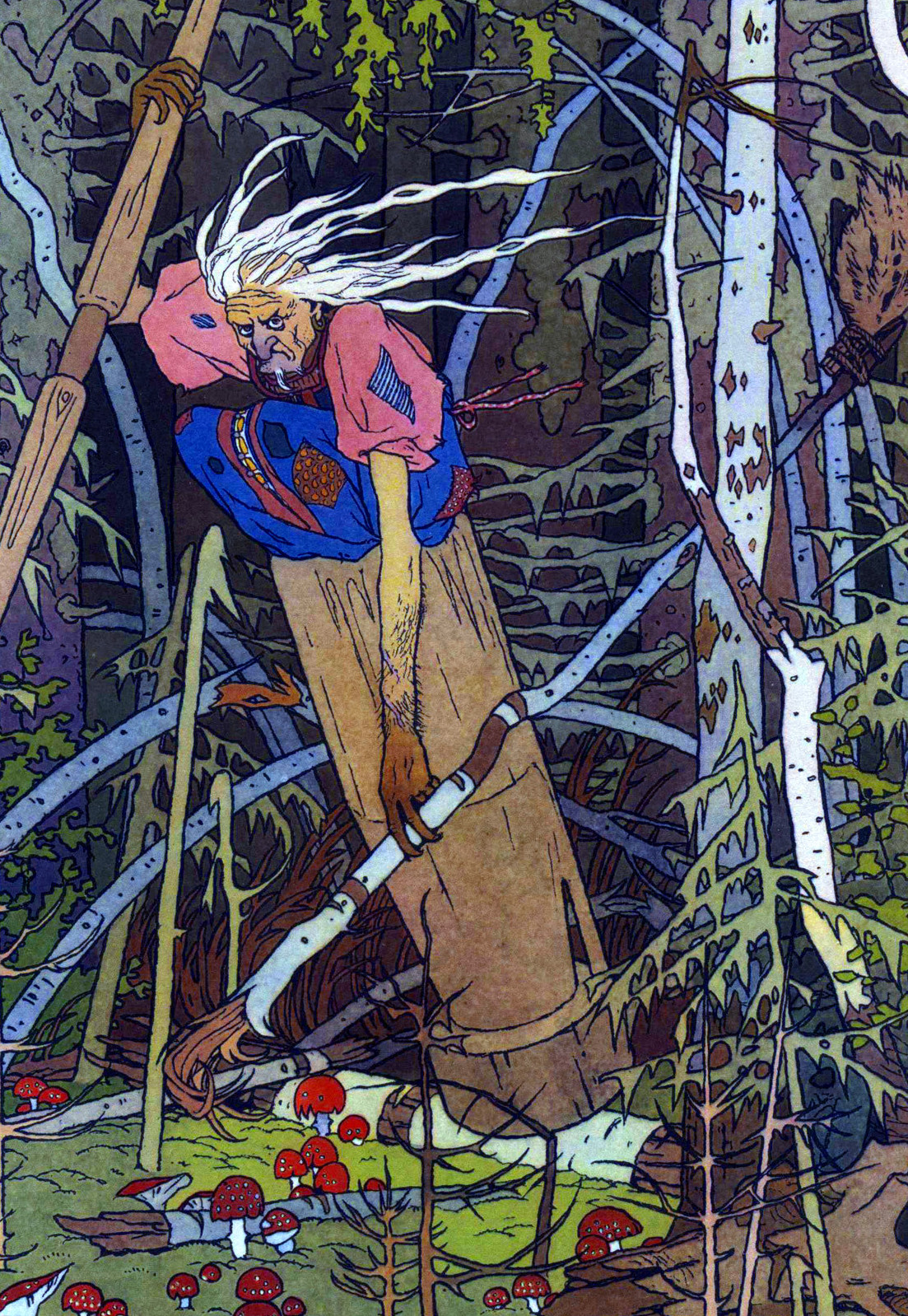

Vasilisa and her step-sisters (wearing kokoshniks), by Boris ZvorykinĪfter the mourning period, Vasilisa's father, in need of a mother for Vasilisa and to keep house, decided he needed to remarry for his new wife, he chose a widow with two daughters of her own from her previous marriage, thinking that she would make the perfect new mother figure for his daughter. Once her mother had died, Vasilisa offered it a little to drink and a little to eat, and it comforted her in her time of grief. When the girl was eight years old, her mother died when it became clear that she was dying, she called Vasilisa to her bedside, where she gave Vasilisa a tiny, wooden, one-of-a-kind doll talisman (a Motanka doll), with explicit instructions Vasilisa must always keep the doll somewhere on her person and never allow anyone (not even her father) to see it or even know of its existence whenever Vasilisa should find herself in need of help, whenever overcoming evil, obstacles, or just be in need of advice or just some comfort, all that she needs to do is to offer it a little to eat and a little to drink, and then, whatever Vasilisa's need, it would help her. Synopsis īy his first wife, a merchant had a single daughter, who was known as Vasilisa the Beautiful. Vasilisa the Beautiful ( Russian: Василиса Прекрасная) or Vasilisa the Fair is a Russian fairy tale collected by Alexander Afanasyev in Narodnye russkie skazki. Vasilisa at the Hut of Baba Yaga, by Ivan Bilibin For the animated film, see Vasilisa the Beautiful (1977 film). She appears as an old woman in a mortar and holding a pestle.For the feature film, see Vasilisa the Beautiful (1940 film). In 2020, Baba Yaga was added as a playable character in the MOBA game Smite, the second for the Slavic pantheon after Chernobog. In the 2015 game, Rise of the Tomb Raider, a DLC story called Baba Yaga: The Temple of the Witch, which focuses on Lara Croft investigating the legend of Baba Yaga and finding out the truth of it. Peg Powler is a hag who inhabits the River Tees. Grindylow, Jenny Greenteeth and Nelly Longarms were grotesque hags who lived in ponds and rivers and dragged children beneath the water if they got too close. She ventured forth at night in search of children to devour.

īlack Annis was a hag with a blue face and iron claws who lived in a cave in the Dane Hills of Leicestershire. She is briefly mentioned in a tale of the 1001 Nights, and is known in some other Persian Gulf countries as well. Iraq's ancient folklore has the saalua, a half-witch half-demon ghoul that "is used by parents to scare naughty children". In another version, it takes children and pulls them up through tiny holes in the ceiling. In one version, babaroga takes children, puts them in a sack, and then, when it comes to its cave, eats them. The details vary from one household to another. In Bosnia and Herzegovina, Croatia, Serbia, and Macedonia, the Bogeyman is called Babaroga, baba meaning old woman and rogovi meaning horns, literally meaning old woman with horns. According to folktales, Babaroga likes to steal naughty children and to bring them to her lair. She is represented as very ugly, hunchbacked old woman with horn on head, who live in dark caves. Similar Hags īabaroga (not to be mistaken with Baba Yaga!) is creature known among Southern Slavs. It is referenced in a children's game of the same name, which involves one child being blindfolded, and other children trying to avoid being caught. Poland – "Baba Jaga" or "Muma" is a monster (often portrayed as a witch living in the forest) that kidnaps badly behaving children and presumably eats them. She lives in forest hut which has chicken legs.Ĭhildren are warned in Russia that Babayka (or Baba Yaga) will come for them at night if they behave badly. In majority of tales, she is represented as an evil being who ride either broom or mortar, wields a pestle and scares and eat children, however in very few tales she gives her wisdom to protagonists.

Baba Yaga is a witch, known in Eastern Slavic countries.


 0 kommentar(er)
0 kommentar(er)
